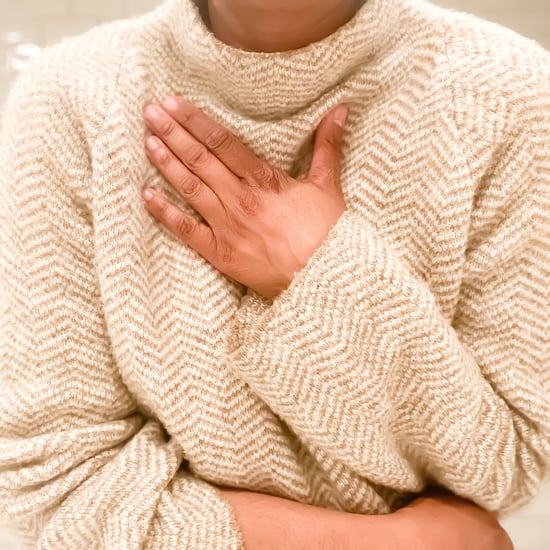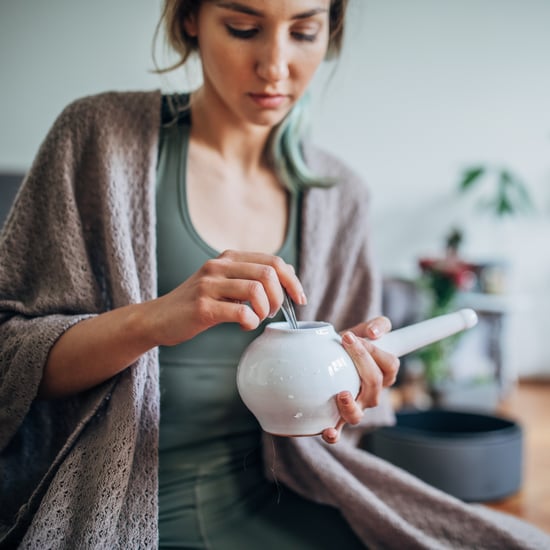How to Do a Breast Self-Exam
Breast Cancer Can Affect Any Body — Make This Video Your Monthly Breast Self-Exam Reminder
Checking our breasts regularly is a necessity in helping us notice if there are any changes to our body that need attention. While October is known as Breast Cancer Awareness Month, being aware of our own breast health deserves year-round attention. In an interview with POPSUGAR, Black Women's Health Imperative President and CEO, Linda Goler Blount, MPH, said that from the time a person with breasts begins puberty, they should start self-examining their breasts and lymph nodes.
Despite breast cancer charities and campaigns doing their best to keep us aware of how to check ourselves, there remains shocking statistics for Black women. In a study published in BMJ Open earlier this year, it was reported that Black women from African and Caribbean backgrounds are more likely to be diagnosed with late stage breast cancer than white women, when treatment is less likely to be as successful.
As such, breast cancer charity Coppafeel! has teamed up with Black Women Rising to launch The Chest Checklist. "Due to a lack of representation, health inequities and systemic failures" the two powerhouses have released a fun video outlining a six-step checking guide "to tackle the underrepresentation of Black skin in breast cancer awareness communications and encourage regular chest checking behaviour."
The video runs through things we should all be looking out for including: changes to size and shape of boobs; any thickness or lumps; skin texture changes; swelling in armpits or collarbones; nipple discharge, inversion, or pain. Make sure to do these self exams once a month so that you get familiar with how your body looks and feels. Being familiar with your body allows for you to notice any changes that may occur over time and you can discuss those changes with your doctor. Watch the video above and find some more useful bullet points for self-examinations below.
How to Do a Self Breast Exam: Visual Version
- Stand in front of a mirror with your torso completely uncovered so you can look for abnormalities on the breasts.
- Lift the arms up over your head.
- Next, place hands on hips and turn from side to side.
- Keeping the hands on the hips, lean forward.
- Then stand up straight.
While going through these motions, it is important to look for nipple retraction, bulges, or dimpling on the breast, as these can be signs of breast cancer.
How to Do a Self Breast Exam: Tactile Version
The first is a standing exam:
- With the index, middle, and ring finger together, begin by making circular motions over the lymph nodes along the neck, upper chest, back of the arm, and axillary area.
- Then feel over the entire breast using light and firm pressure so that you can feel for masses that may be closer to the surface of the skin and deeper in the breast tissue. Note: you can move in any direction you'd like so long as you cover the full surface area of the breast.
- Tip: take a skin-safe marker to mark where you feel any abnormalities, then take a picture of the marks to bring with you to your appointment with a doctor.
The second part is done lying down:
- Lay down with the right hand behind the head, elbow pointing over the head.
- With the index, middle, and ring finger together, begin by making circular motions over the lymph nodes along the back of the arm, axillary area, and over the entire breast.
- Repeat on the opposite side.






